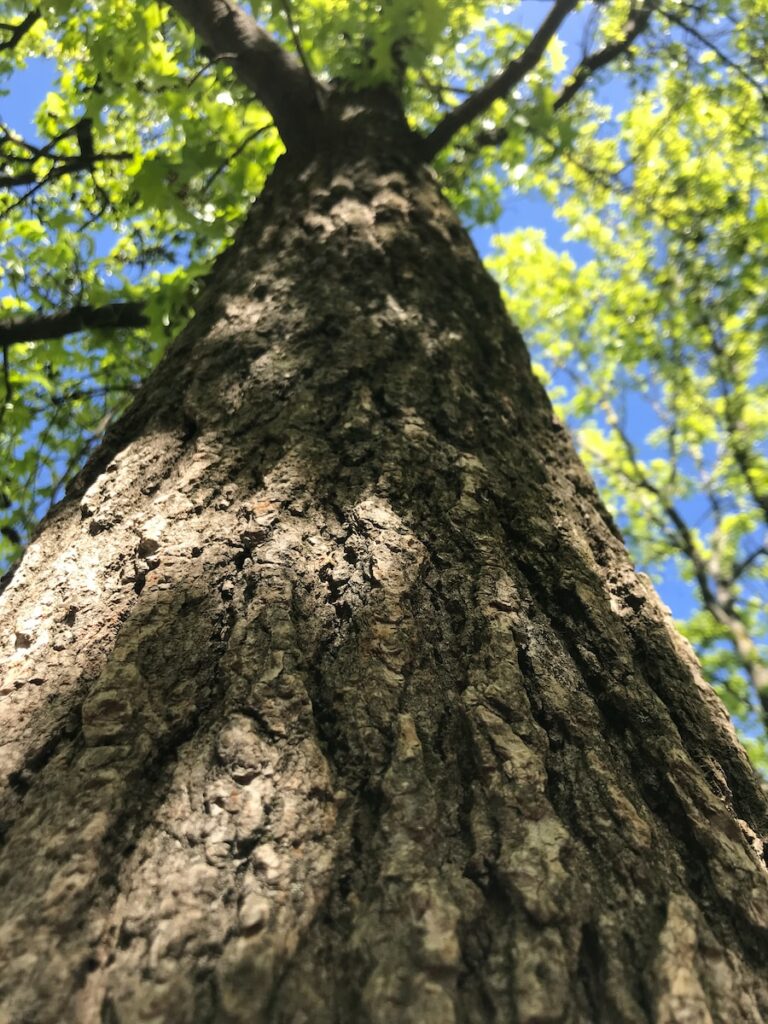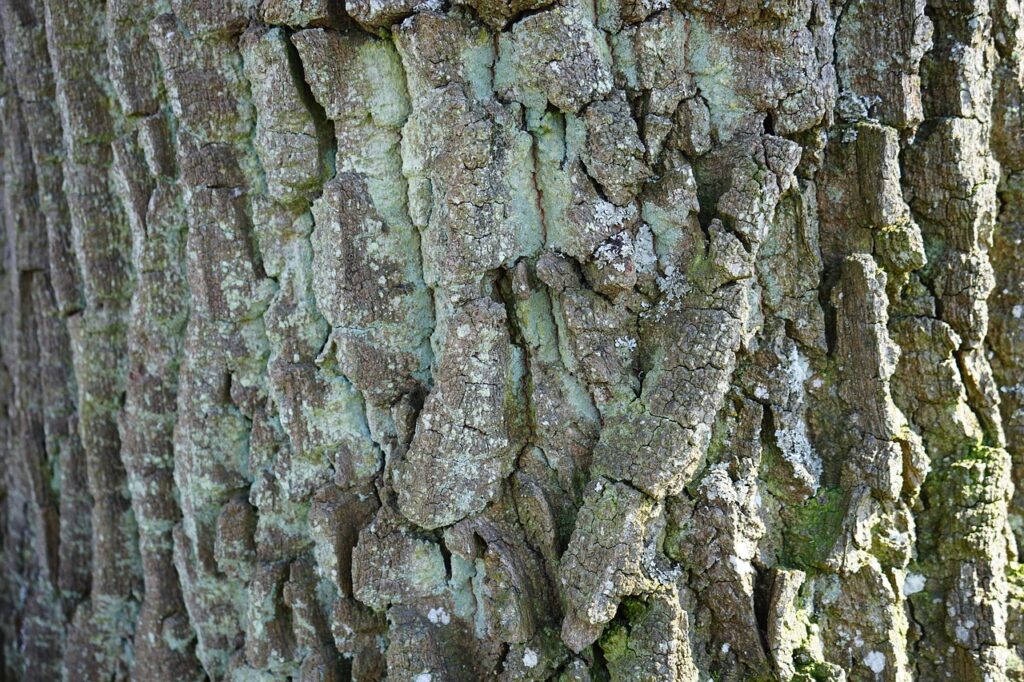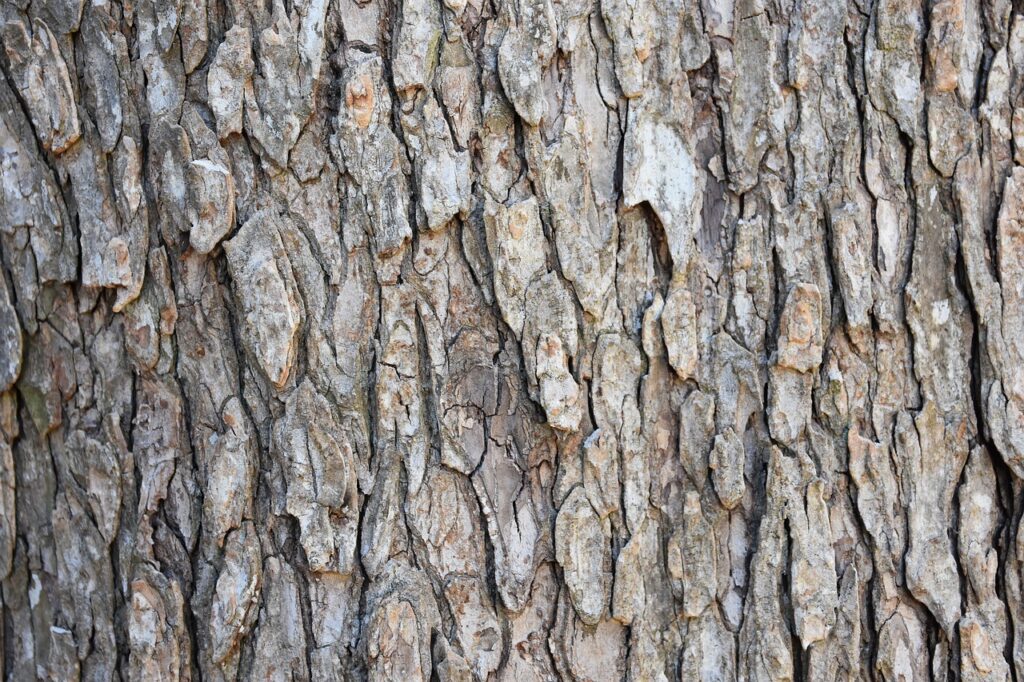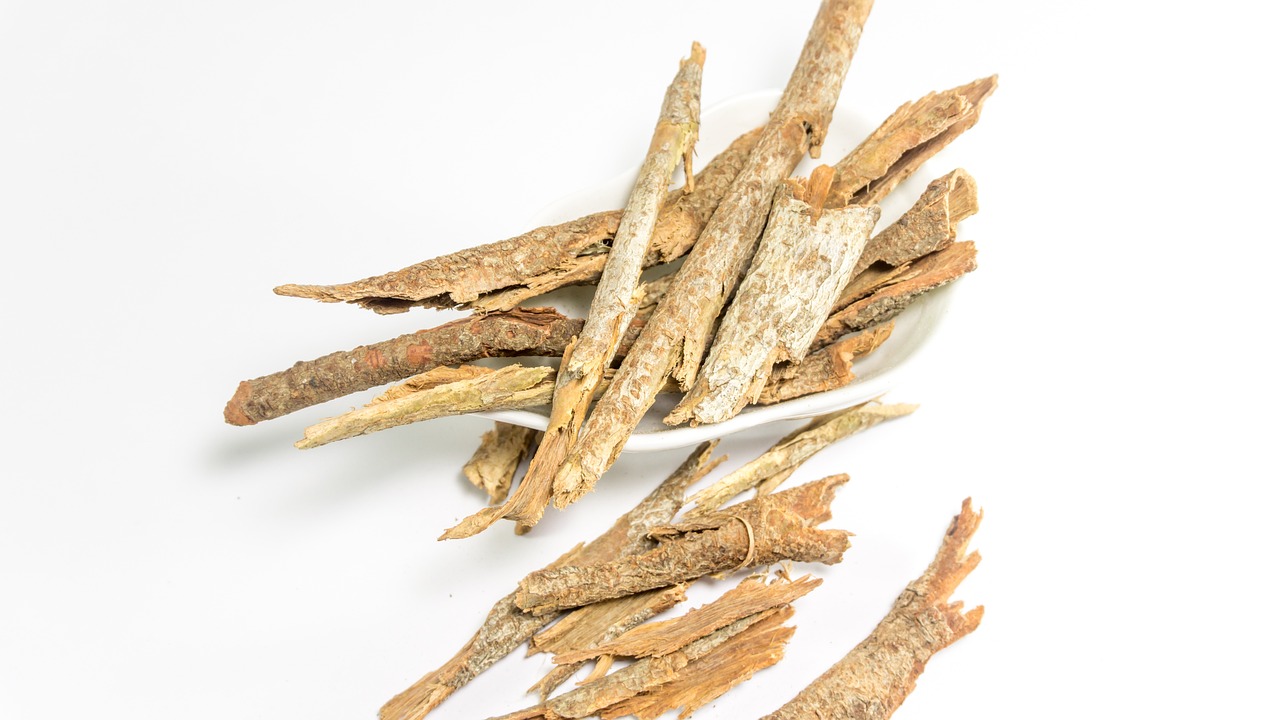In this article, Olivia Cook explores the use of tree bark as a survival medicine. With the rise in interest in natural remedies, many people are turning to traditional healing methods like herbal medicine. Tree bark has been used for centuries for its medicinal properties and is now being recognized for its potential in survival situations. Cook discusses six tree bark remedies that can be used to treat various ailments and injuries, providing valuable information for those looking to expand their knowledge of natural medicine.
Tree bark as survival medicine
Introduction to using tree bark as survival medicine
Tree bark can be a valuable resource in a survival situation, providing natural remedies for various ailments. Many species of trees contain medicinal properties in their bark, making them excellent options for treating common health issues. In this article, we will explore the benefits of using tree bark as survival medicine, including specific types of bark and their medicinal properties. Additionally, we will discuss the safety precautions that should be taken when utilizing tree bark as medicine.
Why tree bark is a useful remedy
Tree bark contains a variety of compounds that have been used for centuries in traditional medicine practices. These compounds can have various therapeutic effects on the body, including anti-inflammatory, analgesic, and antimicrobial properties. Furthermore, tree bark can often be easily obtained in the wilderness, making it a reliable and accessible source of medicine in survival situations.
Safety precautions when using tree bark as medicine
While tree bark can be an effective remedy, it is essential to exercise caution when using it as medicine. First, it is crucial to correctly identify the tree species before attempting to extract bark for medicinal purposes. Using the wrong type of bark could result in adverse effects or even poisoning. Additionally, it is essential to avoid stripping bark from the entire circumference of a tree as this can harm the tree and disrupt its growth. Instead, only take small sections of bark from multiple trees to minimize the impact on the ecosystem. Finally, always consult with a healthcare professional before using tree bark or any natural remedy, especially if you have pre-existing medical conditions or are taking medication.

1. Willow bark
Medicinal properties of willow bark
Willow bark has long been valued for its medicinal properties, particularly as a natural pain reliever and fever reducer. The bark contains a compound called salicin, which is converted to salicylic acid in the body. Salicylic acid is a nonsteroidal anti-inflammatory drug (NSAID) that can help alleviate pain, reduce inflammation, and lower fevers.
How to prepare willow bark as a remedy
To prepare willow bark as a remedy, start by collecting small strips of bark from mature willow trees. It is crucial to ensure that the bark is properly identified as being from willow trees. Once you have collected the bark, it can be dried and ground into a fine powder. This powder can be used to make a tea by steeping it in hot water for 10-15 minutes.
Dosage and usage guidelines
The dosage of willow bark tea will vary depending on the individual and the severity of their symptoms. It is recommended to start with a small amount and gradually increase the dosage if necessary. As a general guideline, 1-2 teaspoons of dried willow bark powder can be steeped in 8 ounces of hot water for a single serving of tea. This tea can be consumed up to three times a day, as needed for pain or fever relief. It is important to note that willow bark should not be used for extended periods without consulting a healthcare professional.

2. Pine bark
Medicinal properties of pine bark
Pine bark contains a compound called proanthocyanidin, which is known for its antioxidant and anti-inflammatory properties. It has been used in traditional medicine to support cardiovascular health, improve circulation, and reduce inflammation.
How to prepare pine bark as a remedy
To prepare pine bark as a remedy, collect small pieces of bark from mature pine trees. Be sure to correctly identify the tree species as various pine species may have different medicinal properties. Once collected, the bark can be dried and ground into a fine powder. This powder can be used to make a tea by steeping it in hot water for 10-15 minutes.
Dosage and usage guidelines
The dosage of pine bark tea may vary depending on the specific health concern being addressed. As a general guideline, 1-2 teaspoons of dried pine bark powder can be steeped in 8 ounces of hot water for a single serving of tea. This tea can be consumed up to three times a day. However, it is recommended to consult with a healthcare professional for specific dosage instructions based on individual needs.

3. Birch bark
Medicinal properties of birch bark
Birch bark contains a compound called betulin, which has been found to have antimicrobial and anti-inflammatory properties. It has traditionally been used to treat skin conditions, such as eczema and psoriasis, as well as urinary tract infections.
How to prepare birch bark as a remedy
To prepare birch bark as a remedy, gather small strips of bark from mature birch trees. Ensure that the bark is properly identified as being from birch trees. Once collected, the bark can be dried and ground into a fine powder. This powder can be used to make a tea by steeping it in hot water for 10-15 minutes.
Dosage and usage guidelines
The dosage of birch bark tea will depend on the specific health concern being addressed. As a general recommendation, 1-2 teaspoons of dried birch bark powder can be steeped in 8 ounces of hot water for a single serving of tea. This tea can be consumed up to three times a day. However, it is important to consult with a healthcare professional for personalized dosage instructions.

4. Oak bark
Medicinal properties of oak bark
Oak bark is known for its astringent properties, which can help tighten and tone tissues. It has been traditionally used to treat diarrhea and alleviate inflammation.
How to prepare oak bark as a remedy
To prepare oak bark as a remedy, collect small pieces of bark from mature oak trees. Be sure to correctly identify the tree species. Once collected, the bark can be dried and ground into a fine powder. This powder can be used to make a tea by steeping it in hot water for 10-15 minutes.
Dosage and usage guidelines
The dosage of oak bark tea may vary depending on the specific condition being treated. As a general guideline, 1-2 teaspoons of dried oak bark powder can be steeped in 8 ounces of hot water for a single serving of tea. This tea can be consumed up to three times a day. However, it is recommended to consult with a healthcare professional for personalized dosage instructions.

5. Cedar bark
Medicinal properties of cedar bark
Cedar bark contains compounds known as polyphenols, which have antioxidant and antimicrobial properties. It has been used in traditional medicine to treat respiratory conditions and skin infections.
How to prepare cedar bark as a remedy
To prepare cedar bark as a remedy, collect small strips of bark from mature cedar trees. Ensure that the bark is properly identified as being from cedar trees. Once collected, the bark can be dried and ground into a fine powder. This powder can be used to make a tea by steeping it in hot water for 10-15 minutes.
Dosage and usage guidelines
The dosage of cedar bark tea will depend on the specific health concern being addressed. As a general guideline, 1-2 teaspoons of dried cedar bark powder can be steeped in 8 ounces of hot water for a single serving of tea. This tea can be consumed up to three times a day. However, it is important to consult with a healthcare professional for personalized dosage instructions.

6. Hemlock bark
Medicinal properties of hemlock bark
Hemlock bark contains compounds that have been traditionally used as a topical treatment for skin conditions, such as eczema and psoriasis. It has also been used as a diuretic and a digestive aid.
How to prepare hemlock bark as a remedy
To prepare hemlock bark as a remedy, collect small pieces of bark from mature hemlock trees. Be sure to correctly identify the tree species. Once collected, the bark can be dried and ground into a fine powder. This powder can be used to make a tea by steeping it in hot water for 10-15 minutes.
Dosage and usage guidelines
The dosage of hemlock bark tea will depend on the specific condition being treated. As a general recommendation, 1-2 teaspoons of dried hemlock bark powder can be steeped in 8 ounces of hot water for a single serving of tea. This tea can be consumed up to three times a day. However, it is important to consult with a healthcare professional for personalized dosage instructions.

7. Poplar bark
Medicinal properties of poplar bark
Poplar bark contains a compound called salicin, which is similar to the compound found in willow bark. It has been traditionally used as a natural pain reliever and anti-inflammatory agent.
How to prepare poplar bark as a remedy
To prepare poplar bark as a remedy, gather small strips of bark from mature poplar trees. Ensure that the bark is properly identified as being from poplar trees. Once collected, the bark can be dried and ground into a fine powder. This powder can be used to make a tea by steeping it in hot water for 10-15 minutes.
Dosage and usage guidelines
The dosage of poplar bark tea may vary depending on the specific health concern being addressed. As a general recommendation, 1-2 teaspoons of dried poplar bark powder can be steeped in 8 ounces of hot water for a single serving of tea. This tea can be consumed up to three times a day. However, it is important to consult with a healthcare professional for personalized dosage instructions.

8. Maple bark
Medicinal properties of maple bark
Maple bark contains compounds that have antioxidant and anti-inflammatory properties. It has been traditionally used to support respiratory health and reduce inflammation.
How to prepare maple bark as a remedy
To prepare maple bark as a remedy, collect small pieces of bark from mature maple trees. Be sure to correctly identify the tree species. Once collected, the bark can be dried and ground into a fine powder. This powder can be used to make a tea by steeping it in hot water for 10-15 minutes.
Dosage and usage guidelines
The dosage of maple bark tea will depend on the specific health concern being addressed. As a general guideline, 1-2 teaspoons of dried maple bark powder can be steeped in 8 ounces of hot water for a single serving of tea. This tea can be consumed up to three times a day. However, it is important to consult with a healthcare professional for personalized dosage instructions.

10. Elm bark
Medicinal properties of elm bark
Elm bark contains mucilage, a gel-like substance that can help soothe irritation and inflammation in the body. It has been traditionally used to treat sore throats and digestive issues.
How to prepare elm bark as a remedy
To prepare elm bark as a remedy, gather small strips of bark from mature elm trees. Be sure to correctly identify the tree species. Once collected, the bark can be dried and ground into a fine powder. This powder can be used to make a tea by steeping it in hot water for 10-15 minutes.

Dosage and usage guidelines
The dosage of elm bark tea may vary depending on the specific condition being treated. As a general recommendation, 1-2 teaspoons of dried elm bark powder can be steeped in 8 ounces of hot water for a single serving of tea. This tea can be consumed up to three times a day. However, it is important to consult with a healthcare professional for personalized dosage instructions.
In conclusion, tree bark can be a valuable resource for survival medicine. Various types of tree bark, such as willow bark, pine bark, birch bark, oak bark, cedar bark, hemlock bark, poplar bark, maple bark, and elm bark, have medicinal properties that can be utilized to treat common ailments. However, it is crucial to exercise caution when using tree bark as medicine and consult with a healthcare professional for personalized dosage instructions. With proper identification and preparation, tree bark can be an effective and accessible remedy in survival situations.
